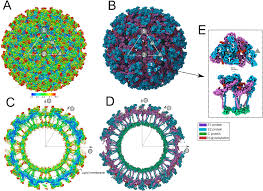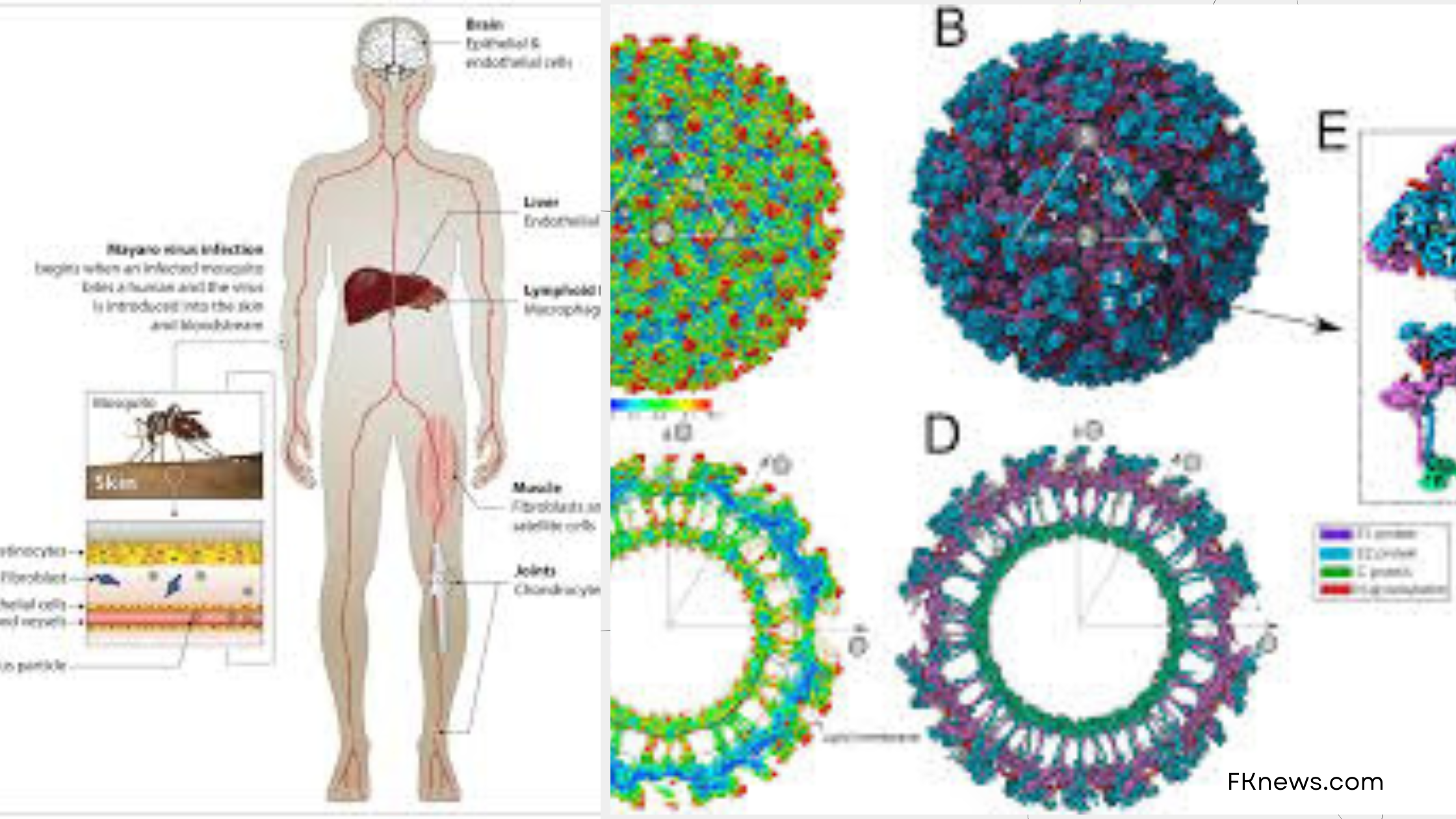A study featured in the journal Emerging Infectious Diseases reveals that circulation of Mayaro and chikungunya viruses are simultaneously circulating (co-circulating) in Roraima, the northernmost state of Brazil within the Amazon biome. The authors emphasize that these findings highlight the necessity for enhanced epidemiological surveillance in the area.

The discovery by the researchers came as a surprise. Initially, they believed it was highly unlikely for other viruses to circulate in areas with high infection rates of either Mayaro or chikungunya. José Luiz Proença-Modena, a professor at the State University of Campinas’s Institute of Biology (IB-UNICAMP) in Brazil and the article’s lead author, explained this to Agência FAPESP.
Proença-Modena stated, “We thought that since Mayaro and chikungunya viruses share significant antigens, an infection by one would offer protection against the other. It was believed that the specific antibodies and T lymphocytes produced in response to one virus would recognize and fight the other. However, we found both Mayaro and chikungunya in the same areas.”
He also noted that no individuals were found to be simultaneously infected with circulation of Mayaro and chikungunya viruses
The authors suggest that the co-circulation of these two arboviruses underscores the need for improved molecular and genomic surveillance, as well as more precise diagnostic methods, such as RT-PCR tests, to detect genetic material in biological samples.
Julia Forato, a corresponding author of the article, highlighted that distinguishing between the diseases caused by these viruses is challenging due to their similar symptoms, such as fever, joint pain, and fatigue. She explained that the Mayaro virus is transmitted by Haemagogus janthinomys, a forest-dwelling mosquito that also spreads yellow fever. Deforestation due to illegal mining and other human activities could facilitate transmission in urban areas.
Forato pointed out that people working in the forest (such as miners, loggers, and fishermen) could act as bridges, introducing the virus to urban areas. In their study, 11% of the samples infected by the Mayaro virus were from fishermen.
Proença-Modena emphasized the importance of enhanced molecular and genomic surveillance that includes both mosquito vectors and the human population. This would help detect a human-amplified transmission cycle and understand how human activities in forest areas affect virus circulation dynamics. He stressed the need for robust surveillance to predict potential outbreaks and mitigate the significant financial, social, and healthcare burdens caused by these incapacitating diseases.
Circulation of Mayaro and Chikungunya Viruses 10+ Amazon
The study mentioned in the article aimed to understand how human activities influence the spread of viruses in forest areas. It focused on the Manaus-Porto Velho highway (BR-319), currently being renovated; a mining area in Pará state; and a region in Roraima state with many migrants and illegal mining operations near urban areas.
This research involves multiple institutions, including UNICAMP, the Federal University of Roraima (UFRR), Roraima’s Central Public Health Laboratory, the University of São Paulo (USP), Fiocruz Amazonia, Imperial College London, and the University of Kentucky.
The project is part of Amazon+10, an initiative to promote the interaction between nature and society and foster sustainable development in Legal Amazonia. This region, created by federal law, covers over 5 million km² and includes nine Brazilian states to support environmental protection and regional growth.
Proença-Modena, the lead researcher, explained, “This was the first study for the project. We wanted to identify the viruses circulating in Roraima by analyzing samples collected between December 2018 and December 2021 during dengue and chikungunya outbreaks. This helped us map the viral circulation in the region.”
Blood samples were taken from 822 health clinic patients with acute febrile illnesses, such as high fever, chills, muscle pain, and cough. Of these, 190 (23.1%) tested positive for more than one arbovirus, viruses transmitted by invertebrates like mosquitoes.
Using real-time reverse-transcriptase polymerase chain reaction (rRT-PCR) testing, the researchers detected dengue in 146 (17.8%), Mayaro in 28 (3.4%), and chikungunya in 16 (2%) of the samples. All samples tested negative for Zika, Oropouche, and dengue serotypes 3 and 4.
Proença-Modena noted, “Besides detecting the co-circulation of Mayaro and chikungunya, we found a very high frequency of dengue, including co-infections with dengue types 1 and 2. We also observed that in most cases (76.9%), the specific virus causing the infection couldn’t be precisely identified. This suggests that a new pathogen or a combination of pathogens is likely circulating.”
The study found a high frequency of dengue, including co-infections with dengue types 1 and 2, and the co-circulation of Mayaro and chikungunya viruses. In most cases (76.9%), the specific virus causing the infection couldn’t be precisely identified, suggesting that a new pathogen or a combination of pathogens might be circulating.
The research involved multiple institutions, including UNICAMP, the Federal University of Roraima (UFRR), Roraima’s Central Public Health Laboratory, the University of São Paulo (USP), Fiocruz Amazonia, Imperial College London, and the University of Kentucky.


1 thought on “Researchers Find Concurrent Circulation of Mayaro and Chikungunya Viruses in the Brazilian Amazon”